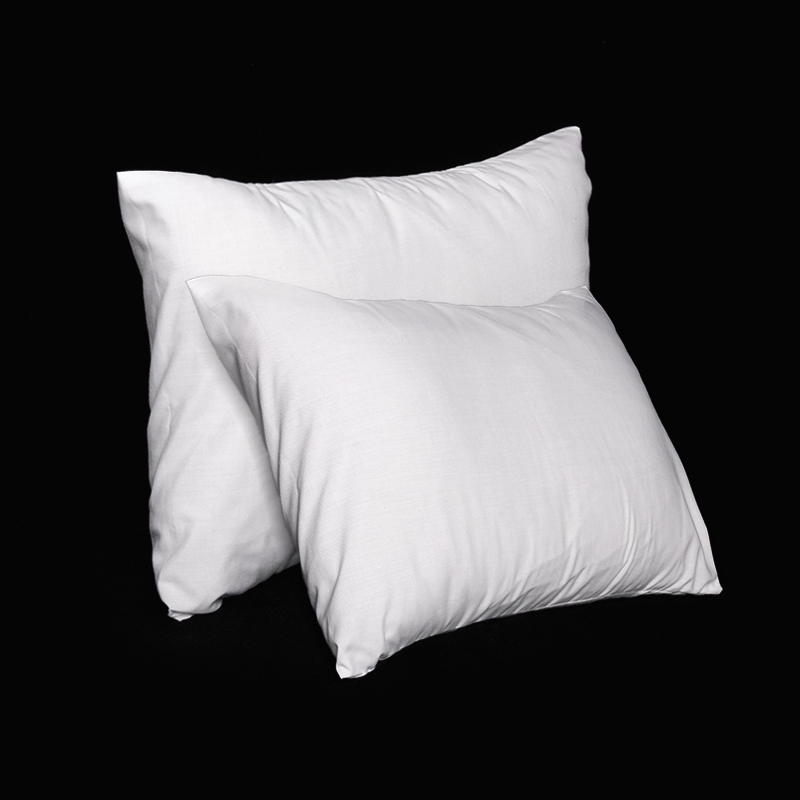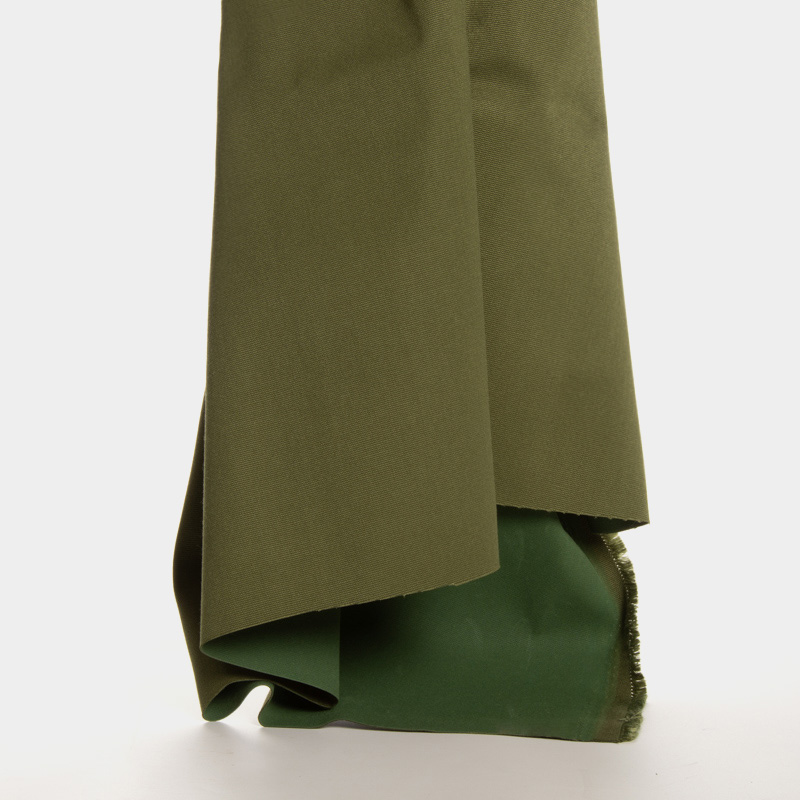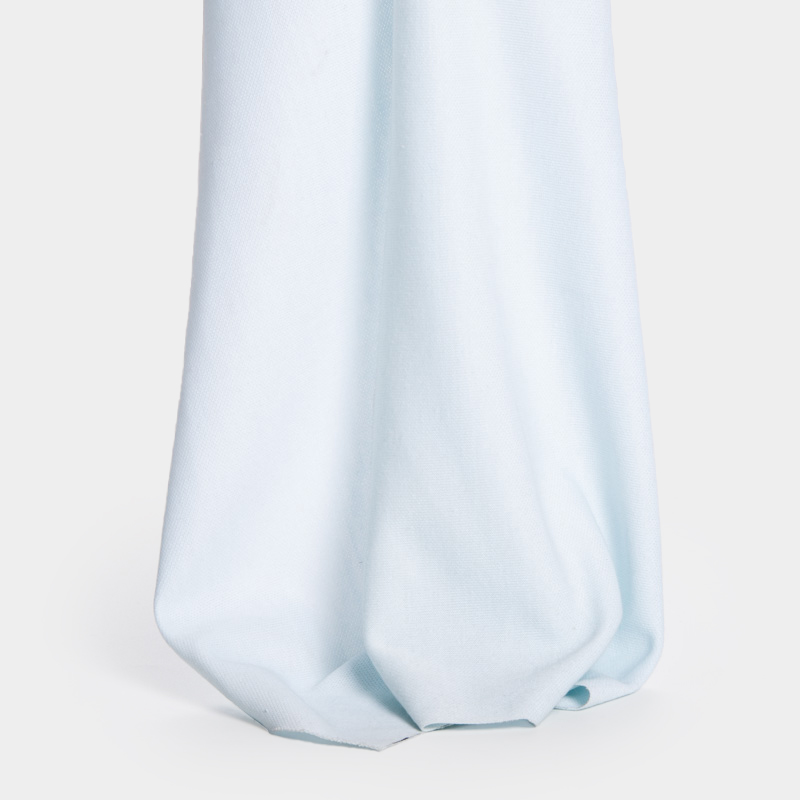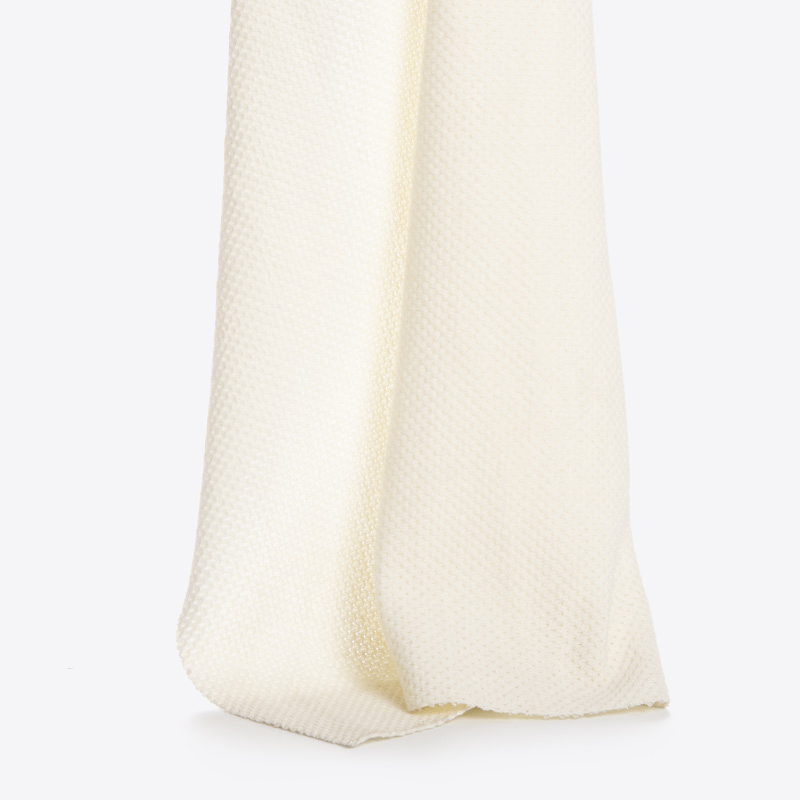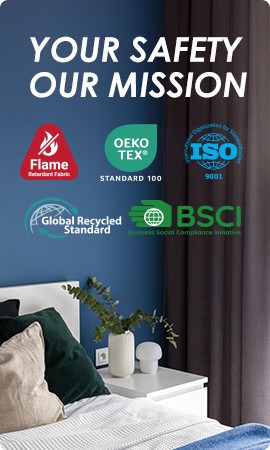The Journey of Creating a Flame Retardant Fabric

From an ordinary bundle of fibers to a legendary flame-resistant fabric, the manufacturing process feels almost magical. The creation of a flame retardant fabric can follow two distinct paths: Flame-retardant fiber technology (Pre-treatment flame retardant method) and Fire Retardant Treated Technology (Post-treatment flame retardant technology). Each has its own characteristics and is suitable for different applications. Below, we will explain in detail the complete processes of both techniques, along with their pros and cons, and explore how they turn ordinary fabrics into safe and stylish materials!
Ⅰ. Flame-retardant fiber technology
The Flame-retardant fiber technology involves adding flame retardants directly into the molecular structure of the fibers at the early stages of fiber production. This process imparts permanent flame retardant properties to the fibers and is typically used in the production of synthetic fibers like polyester and polyamide. Unlike traditional post-treatment flame retardant processes, Flame-retardant fiber technology integrate flame retardant properties directly into the fibers during their production, preventing the degradation of flame resistance over time or due to external factors like washing.
The core of Flame-retardant fiber technology involves processes such as polymer polymerization, blending, copolymerization, composite spinning, and modification techniques to introduce chemical units with flame retardant properties into the fiber’s molecular structure. This ensures that the flame retardant components become part of the fiber itself, forming stable chemical bonds and significantly enhancing the fiber’s flame retardant performance. This method ensures the fabric retains its flame retardant properties throughout its lifecycle, unaffected by washing or wear, making it more durable and stable. The process can be broken down into the following key stages:
1. Adding Flame Retardants and Polymerization Reaction (Phosphorus Flame Retardant Additive)
The process begins with the selection of high-quality polyester raw materials, such as terephthalic acid and ethylene glycol. Phosphorus-based flame retardants are then added due to their excellent thermal stability and combustion suppression properties, which effectively enhance the flame resistance of polyester.
During the polymerization reaction, the flame retardants are evenly incorporated into the polyester raw materials and chemically bonded to the polyester molecules to form flame retardant polyester chips (Phosphorus Flame Retardant Chips). This stage requires precise control over temperature and reaction time to ensure uniform distribution and stable chemical bonding, thus achieving optimal flame retardant effects.
2. Spinning
During the drying phase, the flame retardant polyester chips are dried to remove moisture, ensuring they are suitable for melting. This is crucial for the subsequent spinning process, as excess moisture can affect the melting process and the quality of the fibers.
In the melting spinning phase, the flame retardant chips are heated to a molten state and spun using a spinneret to produce flame retardant polyester fibers or yarn. By precisely adjusting the stretching ratio during spinning, the strength and fineness of the fibers can be controlled, ensuring the final product meets quality and performance standards.
3. Weaving
In the weaving stage, fabrics are produced using appropriate weaving methods based on customer requirements, such as warp knitting, weft knitting, or woven fabrics made using plain, twill, or jacquard techniques. It is essential to ensure that the fabric’s flame retardant properties are uniformly and stably integrated into the structure, ensuring the flame retardant effect is fully utilized.
The woven fabric, also known as grey fabric, retains its flame retardant properties at this stage and is mechanically robust, laying a solid foundation for further processing.
4. Dyeing and Finishing
In the pre-treatment phase, the grey fabric undergoes processes such as desizing, boiling, and bleaching to remove impurities and textile auxiliaries, improving the uniformity of dyeing.
During dyeing, disperse dyes are used to color the flame retardant polyester fabric, ensuring vibrant and wash-resistant colors while maintaining the fabric’s flame retardant properties. After dyeing, high-temperature setting treatment optimizes the fabric’s dimensional stability and hand feel, improving durability and comfort.
5. Testing and Packaging of Finished Inherent Flame Retardant Fabrics
During the performance testing phase, flame-retardant fabrics undergo a series of rigorous tests, including vertical flammability tests, wash durability tests, and physical performance evaluations, to ensure compliance with relevant standards (e.g., EN ISO 11612, NFPA 701). These tests validate the fabric’s safety and durability in practical use.
Fabrics that pass the tests are packaged either in rolls or folded, based on customer requirements, accompanied by the relevant test reports. The products are then shipped to ensure that customers receive high-quality flame-retardant fabrics that meet established standards.
Advantages of Flame-retardant fiber technology Fabric:
- Permanent flame resistance with stable performance, eco-friendly and non-toxic.
- Soft to the touch, with no noticeable difference from ordinary fabrics.
- Generates minimal white smoke during combustion with almost no toxic gases.
Disadvantages of Flame-retardant fiber technology Fabric:
- Complex production process and higher costs.
- Limited design flexibility, making it harder to respond to small-batch, diversified needs.
Ⅱ. Fire Retardant Treated Technology
Post-treatment flame retardant fabric manufacturing is akin to “dressing” the fabric in a protective coat. After the base fabric is woven, flame retardant chemicals are applied to the fabric surface or allowed to permeate the fabric through dipping or padding. This treatment imparts flame retardant properties through adsorption or chemical bonding. This method is commonly used for natural fibers like cotton and linen, which typically can only be treated this way.
However, this flame retardant effect tends to weaken over time and with repeated washing, eventually fading away. Therefore, post-treatment is best suited for products that only require short-term or moderate flame retardant properties, such as cotton-linen fabrics and bedding. This process is simpler and better suited for a diverse range of products.
1. Standard Polyester Production (Spin)
Standard polyester chips are used in the melting spinning process to produce basic polyester fibers or yarns.
2. Weaving
In the weaving stage, ordinary polyester yarns are woven to produce grey fabric. Various weaving techniques, such as plain, twill, or jacquard, can be chosen according to requirements to ensure the fabric’s structure and appearance meet expectations.
3. Dyeing and Finishing
In the pre-treatment and dyeing phase, the grey fabric undergoes desizing, boiling, and bleaching, followed by dyeing to achieve the desired color and patterns.
In the drying and setting phase, the dyed fabric is dried and heat-set to ensure its dimensional stability and physical performance meet standard requirements.
4. Flame Retardant Treatment (Coating Flame Retardant Chemicals)
During the flame retardant treatment phase, the fabric is either dipped or coated with flame retardant chemicals. Common methods include dipping, where the fabric is soaked in a flame retardant solution that penetrates the fibers, and coating, where a flame retardant layer is applied to the fabric surface.
After treatment, the fabric undergoes high-temperature curing to ensure the flame retardant agent is firmly bonded to the fibers, enhancing its long-lasting flame retardant performance.
5. Post-finishing and Packaging
In the post-finishing phase, the fabric may undergo additional treatments such as waterproofing, oil resistance, or anti-static treatments to improve overall performance.
The fabric then undergoes rigorous quality control testing, including vertical burning tests, abrasion resistance, and washability tests, to ensure it meets relevant standards.
Finally, the fabric is packaged according to customer orders, accompanied by relevant test reports, and shipped.
Advantages of Post-treatment Flame Retardant Fabric:
- Simple process with lower production costs.
- Suitable for small-batch, diverse production.
- Rich in color and design flexibility.
Disadvantages of Post-treatment Flame Retardant Fabric:
- Flame retardant performance is slightly inferior to pre-treated fabrics, with limited wash durability.
- Flame retardant effects may diminish with prolonged use and washing.
Conclusion
Flame-retardant fiber technology: Offers permanent flame resistance, unaffected by washing or external factors, but comes with higher costs. It focuses on performance stability and eco-friendliness, making it suitable for high-end markets and long-term use scenarios.
Fire Retardant Treated Technology: While it may lose flame retardant properties with repeated washing and use, it excels in flexibility and cost-effectiveness, making it ideal for quick-response markets.
In actual production, companies can choose the appropriate process based on product positioning, market demands, and budget, ensuring that the product meets customer requirements while maximizing economic benefits.

